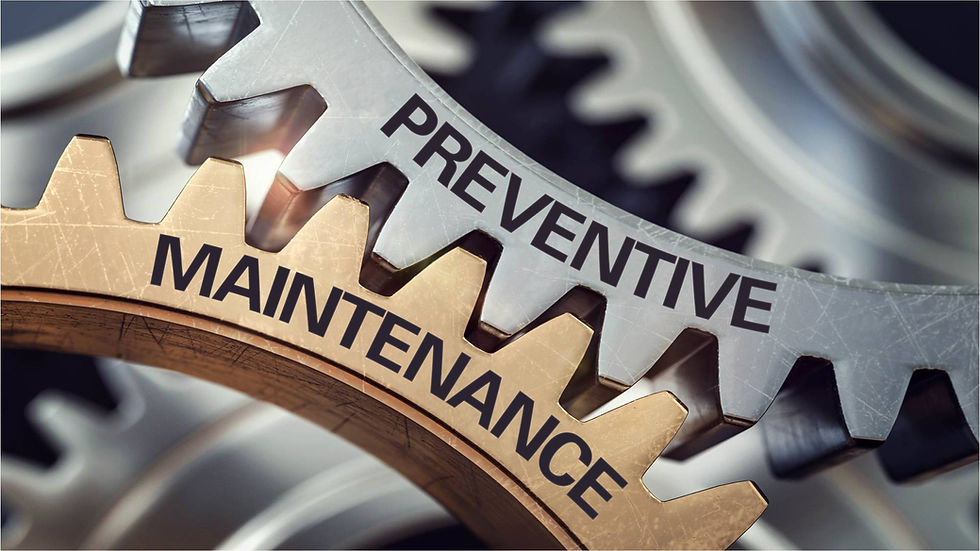Installation and Integration of Melt Pressure Sensors
- Bob

- Jun 29, 2024
- 3 min read
High-Quality Melt Pressure Transducers:
User-Friendly Design:
Often designed with industry-standard connectors and mounting options, making them easy to install in existing systems without requiring extensive modifications.
Plug-and-play capabilities reduce the complexity of setup, allowing for quick installation.
Compatibility:
Typically compatible with a wide range of existing control systems and data acquisition devices, facilitating seamless integration.
Many high-quality transducers offer configurable output signals (e.g., 4-20 mA, 0-10 V) to match the requirements of various systems.
Guidance and Documentation:
Comprehensive installation manuals and documentation provide step-by-step instructions, ensuring that even those with limited technical knowledge can install the transducers correctly.
Online resources, such as video tutorials and FAQs, are often available to assist with installation and integration.
Technical Support:
Manufacturers usually offer robust technical support to assist with installation and integration, ensuring that any issues encountered can be quickly resolved.
Remote support options can provide real-time assistance, reducing downtime during installation.
Cheaper Melt Pressure Transducers:
Basic Design:
May require more manual adjustments and fittings, making installation more time-consuming and complex.
Less likely to have industry-standard connectors, possibly necessitating custom fittings or adapters.
Limited Compatibility:
May not be as universally compatible with a range of control systems, requiring additional components for integration.
Fixed output signals might not match existing system requirements, leading to potential integration challenges.
Minimal Documentation:
Often come with basic or insufficient installation guides, making it harder to install without prior experience.
Limited online resources and support materials.
Limited Technical Support:
Manufacturers may offer minimal technical support, leaving customers to troubleshoot installation issues on their own.
Less likely to provide remote support options.
Maintenance Requirements
High-Quality Melt Pressure Transducers:
Durability:
Designed to withstand harsh operating conditions, reducing the frequency of maintenance and replacement.
High-quality materials and construction contribute to longer lifespans and less frequent need for maintenance.
Ease of Calibration:
Often include features that make calibration straightforward, such as digital interfaces or built-in calibration functions.
Regular calibration ensures continued accuracy and reliability, but high-quality transducers typically require less frequent calibration.
Predictive Maintenance:
Advanced transducers may have self-diagnostic capabilities that alert operators to potential issues before they lead to failures.
Predictive maintenance features help to minimize unplanned downtime and optimize maintenance schedules.
Cheaper Melt Pressure Transducers:
Frequent Maintenance:
Lower-quality materials and construction can lead to more frequent wear and tear, necessitating more regular maintenance.
Higher susceptibility to damage under normal operating conditions.
Complex Calibration:
May require more manual effort to calibrate, lacking advanced features that simplify the process.
More frequent calibration may be needed to maintain accuracy, increasing maintenance workload.
Reactive Maintenance:
Lack of diagnostic features means issues are often only addressed after a failure occurs, leading to unexpected downtime.
Reactive maintenance approach can be less efficient and more costly over time.
Availability of Support and Service
High-Quality Melt Pressure Transducers:
Comprehensive Support:
Manufacturers typically provide extensive customer support, including phone, email, and live chat options.
Dedicated support teams can assist with troubleshooting, installation, and maintenance queries.
Training and Resources:
Availability of training programs, both online and in-person, to help customers get the most out of their transducers.
Access to a wealth of resources, including detailed manuals, technical papers, and how-to videos.
Service Packages:
Options for extended warranties, service contracts, and on-site support to ensure long-term reliability and performance.
Regular software updates and maintenance services to keep transducers operating at peak performance.
Cheaper Melt Pressure Transducers:
Limited Support:
Manufacturers may offer minimal customer support, with limited availability for phone or email assistance.
Support teams may not be as responsive or knowledgeable, leading to longer resolution times.
Scarce Resources:
Fewer training opportunities and less comprehensive documentation available.
Limited access to online resources, making it harder for customers to find the information they need.
Basic Service Options:
Warranties and service packages may be minimal or non-existent.
Customers may need to rely on third-party services for maintenance and repairs, which can be less reliable and more costly.
To discuss your application please contact our Sales Team at sales@nononsensors.com, or for more technical questions our Tech Team at techsupport@nononsensors.com.





Comments